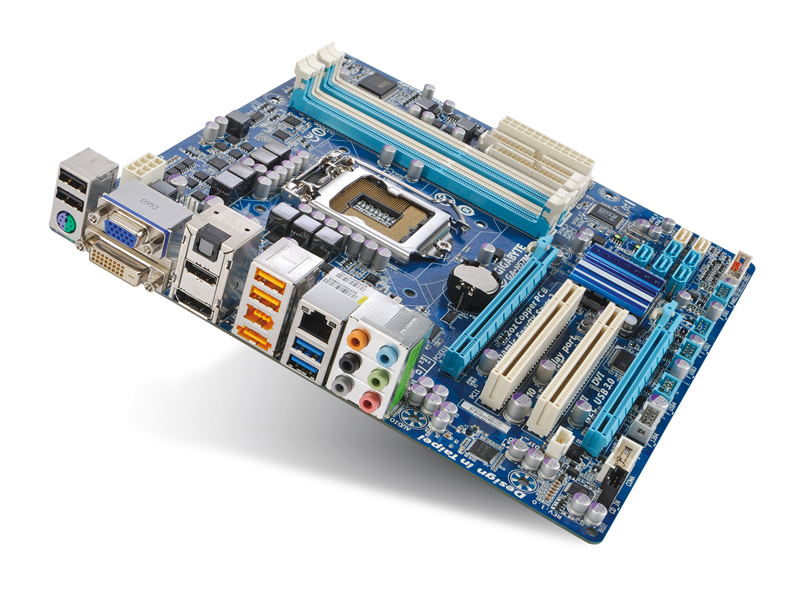TechRadar Verdict
A decent board, but offers limited extras over the equivalent, cheaper H55s
Pros
- +
Good overclocking performance
- +
Low thermal/power demands
Cons
- -
Little different to H55
- -
Not a value part
Why you can trust TechRadar
Not content with confusing the hell out of everyone with the new naming conventions for its Core i processors, Intel has thrown another 5-series chipset into the equation to make its motherboards just as obfuscated.
First we had the P55 chipset, and that was fine – just a Nehalem-based revision of the P35 and P45 motherboards. But just as we had the G4x chipsets, we've now got the H5x series. But fear not. The H merely denotes that these chipsets are completely compatible with Intel's latest Clarkdale chips that have the integrated graphics processors on-die.
The H55 is the low-end version, with the H57 offering a higher spec – and this is what we have here: the Micro ATX version of Gigabyte's H57.
The differences between the H55 and H57 motherboards seem negligible when you're talking about cheapo integrated graphics boards. The higher-end boards such as this come with a couple of the new USB 3.0 connectors (using the NEC chip because Intel has yet to release its own chip) and some improved power management on-board.
Take stock
In terms of stock performance alone, there's absolutely no difference between the H55 and H57 boards. A quick look at the power usage and temperature readings, however, and the difference becomes clearer.
The H57 uses less power and creates less heat, and this is what makes it the better overclocker's board. We managed to hit 4GHz on our Core i3 530 without breaking a sweat, where we couldn't even get the normal Intel 1GHz+ overclock on the Gigabyte H55 board. But still we struggle to see the point.
Why do you really want to overclock a dual-core CPU to such an extent, when you're relying on integrated graphics for the visual goodies? I understand that the boosted CPU will give better video encoding performance, so if you're into video editing then it'll be of benefit to you.
That said, if you're that into your videos then the fantastic Core i5 750 quad is going to be your better option, especially paired with something like Asus' cheaper P7P55-M Micro ATX P55 board. Sure, you'll have to pick up a dedicated GPU to go along with it, but if you were satisfied enough with integrated graphics then you don't need to break the bank looking for one.
If you're after a cooler, less power-hungry media-centre system, though, the H57 does offer a better alternative to the H55. The only question you have to ask yourself is do you really want to spend an extra £30 on a board that offers such limited extras for your cash?
And if you absolutely, positively have to have USB 3.0, there's also a Gigabyte H55 micro-ATX board for £92 that does have the requisite new I/O goodness.
With so little real-world difference between the two H5x chipsets, it does make sense to go for the lower-end part. You don't really need to be overclocking the twangers off your dual-core, integrated graphics CPU if all you're doing is watching the odd HD movie.
If you're thinking of gaming in any sense of the word then you need a dedicated GPU – and you might as well go for a cheapo P55 board and a good quad. But then that might just be me…
Follow TechRadar Reviews on Twitter: http://twitter.com/techradarreview
